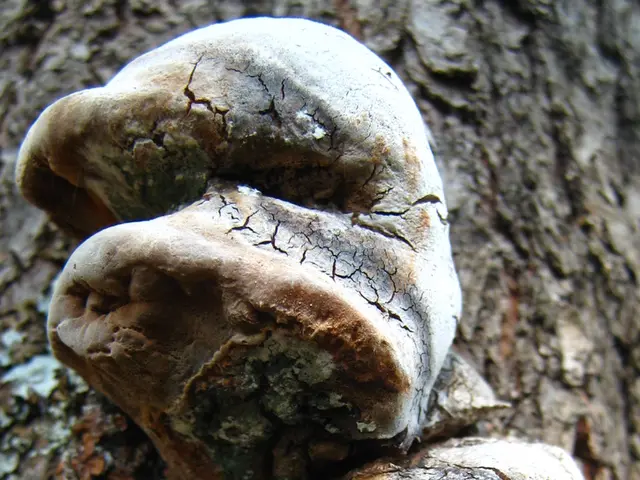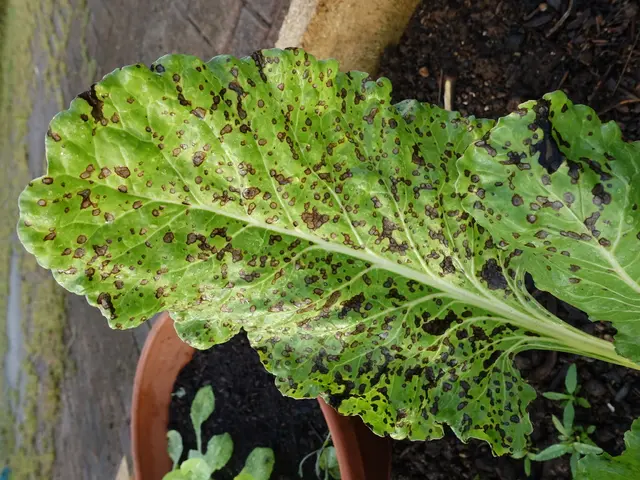Can Grass Seed Be Sown in June? Professionals Discuss Success Strategies for a Thriving Lawn
Growing a Picture-Perfect Lawn in Summer
Nothing beats the sight of a lush, green lawn during the warmer months. With longer days and more time spent outdoors, maintaining a beautiful lawn becomes a top priority. June presents the perfect opportunity to tackle various lawn care tasks, including planting grass seeds if necessary.
The June Lawn Care To-Do List
- Mowing regularly: Weekly or bi-weekly mowing helps keep your lawn tidy. Instead of sticking to the same mowing pattern, try mixing it up to promote grass health.
- Edging and defining: After mowing, edge your lawn for a clean, neat outline, separating it from flower beds or vegetable gardens.
- Watering wisely: During hot spells, make sure your lawn stays hydrated by watering it deeply but not excessively. Avoid watering in the heat of the day to ensure the water penetrates the soil effectively.
To Plant or Not to Plant
Bare patches may arise in your lawn that require overseeding. If you're considering starting a new lawn or revamping an existing one, you may wonder, "Can I plant grass seed in June?" The answer is yes, but it depends on the type of grass you plan to use.
Warm-Season Grasses
If you live in a warmer climate, you can plant grasses such as Bermuda grass, Centipede grass, St. Augustine grass, and Zoysia grass in June. These grasses thrive in warmer temperatures and should be sown when soil temperatures reach 65°F, typically during late spring or early summer.
Cool-Season Grasses
In cooler climates, grasses like Kentucky bluegrass, Tall fescue, Fine fescue, and Perennial ryegrass tend to grow better during the cooler months. While you can overseed with these grasses in late spring or early summer, it may be less optimal compared to the preferred planting season of late summer or early fall.
A Few words on Planting
When planting grass seeds in June, it's crucial to consider the temperature. Soil temperatures around 60-75°F are ideal for germination, and daytime temperatures that don't exceed 85°F are preferable. Shady areas may be more suitable for seed germination, as overexposure to sunlight can dry out the soil and harm seedlings.
To ensure consistently moist soil, you may need to water daily. Watering early in the morning, early afternoon, or evening can help reduce water evaporation and promote deep penetration of water. Protect new grass growth from children, pets, and heavy foot traffic while the grass is still establishing.
Professionals Reveal their Secrets
Jason Keeley, a seasoned lawn care professional and robotic mower expert, offers this advice for June planting: "Soil temperatures around 60-75°F are optimal for germination, and daytime temperatures that don't consistently exceed 85°F are ideal. Avoid exposing seeds to harsh direct sunlight, potentially causing scorching and drying out the soil."
Common Lawn Planting Mistakes
Overwatering, over-fertilizing, and mowing too low are all common mistakes when it comes to lawn care. Follow expert tips to avoid these pitfalls and achieve your dream lawn.
[1] Lawn Care Mistakes to Avoid (Yardiac, 2021)[2] How Long to Water New Grass Seed (Home Guides, 2022)
The ideal lawn care routine in June includes mowing regularly, edging to define the lawn's edges, and watering wisely to maintain a lush, green lawn. Additionally, June is the perfect time for home-and-garden enthusiasts to tackle the task of planting grass seeds, especially in warmer climates where warm-season grasses like Bermuda grass, Centipede grass, St. Augustine grass, and Zoysia grass thrive when soil temperatures reach 65°F.








